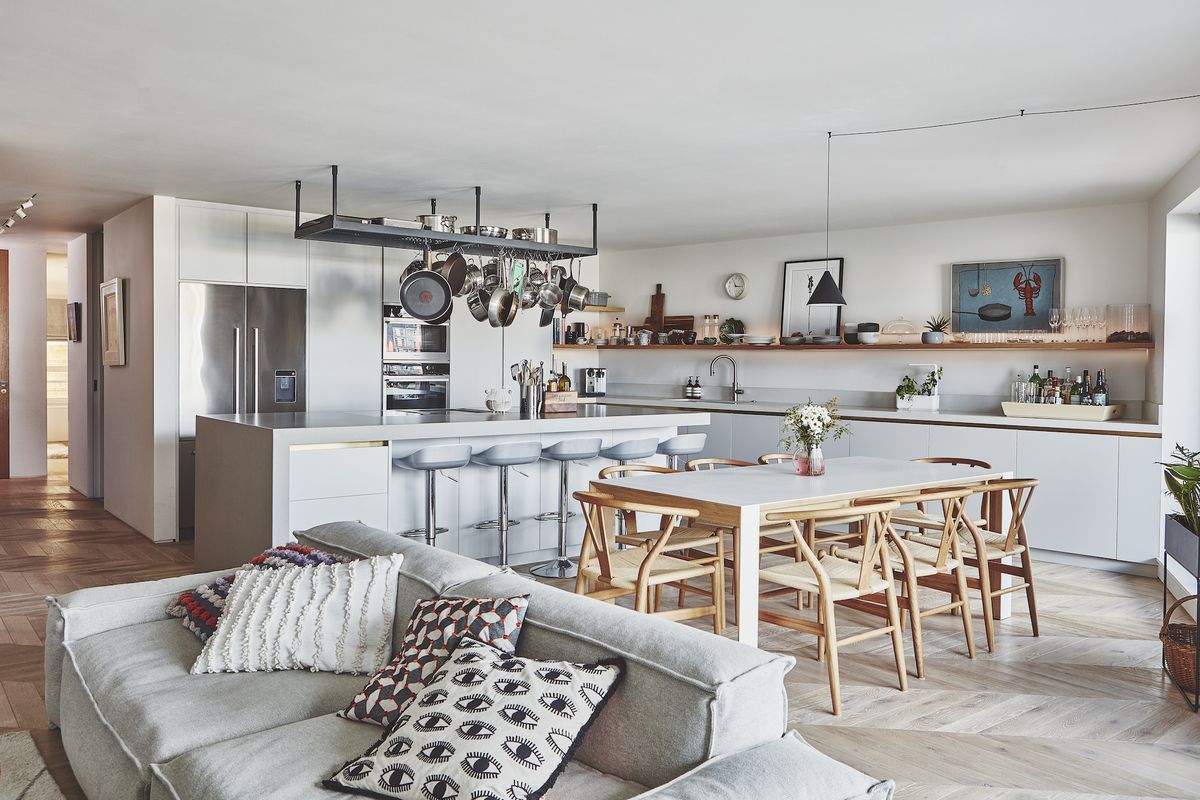When selecting appropriate color schemes for each room, it’s important to consider each room’s function. A bedroom, unlike other areas of the home designed for high-functioning activities, is reserved for calming pursuits that ultimately prepare the mind for a good night’s rest. Gray is a soothing color that promotes feelings of tranquility and is perfectly suited for winding down after a mentally draining day of work, school, or running errands. Save the reds, oranges, yellows, and other vibrant colors for the more stimulating rooms in your home.
Color has the power to influence more than just mental and emotional well-being. Different hues can also affect your physical state, impacting your heart rate, nervous system, breathing, and serotonin levels. Even if you associate the color gray with dullness or monotony, such feelings aren’t necessarily inappropriate for a place of solitude, where a reduced heart rate and relaxed breathing are essential to obtaining adequate sleep. Gray and other neutral colors are capable of adding a warm and natural feel to a bedroom, which could provide a refreshing juxtaposition to more bright and lively spaces around your house.


